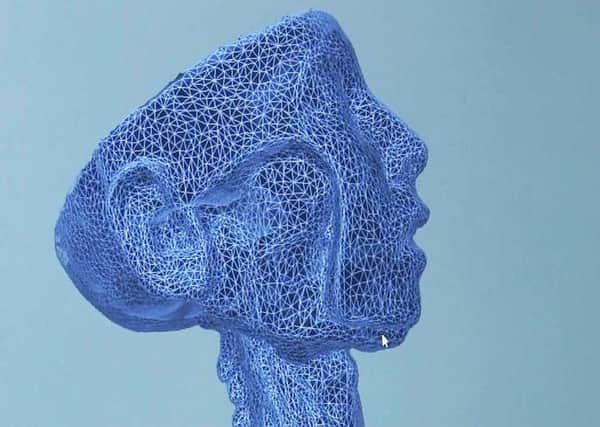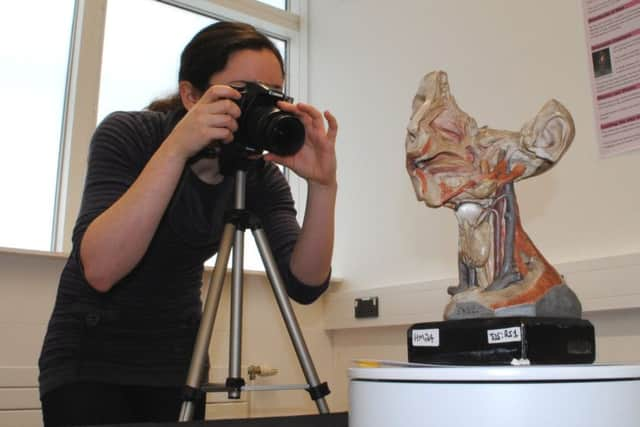Scots game designers develop 3D digital anatomy training tool
This article contains affiliate links. We may earn a small commission on items purchased through this article, but that does not affect our editorial judgement.


The gaming software experts at Abertay University are collaborating with anatomists at Aberdeen University to create a series of highly accurate and interactive 3D models of human organs which can be virtually dissected by students.
Human specimens, which fall under heavy regulation, will still be used in class but it is hoped the 3D models will make teaching anatomy more flexible while increasing understanding of how the human body works.
Advertisement
Hide AdAdvertisement
Hide AdDr Flora Gröning, an anatomy lecturer at the University of Aberdeen and coordinator of the project, said the models were the “first of their kind”.


She added: “This software will be of huge benefit to our students and will allow them access to incredibly detailed recreations of body parts, in addition to the time they already get with real specimens. This can only boost their learning experience and understanding of the human body which will serve them well as they go forward in their careers.
“This is a quantum leap in teaching tools in terms of what is currently available – such as plastic models or simplified digital models - and we hope, once the project is complete, it can benefit students across the world.”
The models are generated by the photogrammetry process which takes individual photographs of a specimen at slightly different angles and compiles the images digitally to create a fully interactive 3D model.


The Aberdeen team currently creates its own anatomy animations but the collaboration with Abertay University, which s funded by the Roland Sutton Academic Trust, will create a virtual environment that will allow for far greater “more exciting” interaction.
Professor Alan Denison, MBChB Programme Lead at the University of Aberdeen and Consultant Radiologist at NHS Grampian said: “Aberdeen has a proud history of using state-of-the-art technology to make Anatomy teaching an exciting, immersive and clinically-centred experience. This latest innovation keeps us at the frontier of learning today as we prepare our future clinicians and scientists for tomorrow’s challenges.”
Dr Robin Sloan of Abertay University said: “Computer games technologies have huge potential beyond the gaming arena through their ability to create genuinely interactive virtual environments that can massively enhance interactions and experiences for people in all kinds of settings.
“This project is an ideal demonstration of how learning can be transformed for anatomy students, and the principles and techniques are equally applicable across a wide range of other disciplines too.”
DOWNLOAD THE SCOTSMAN APP ON ITUNES OR GOOGLE PLAY
